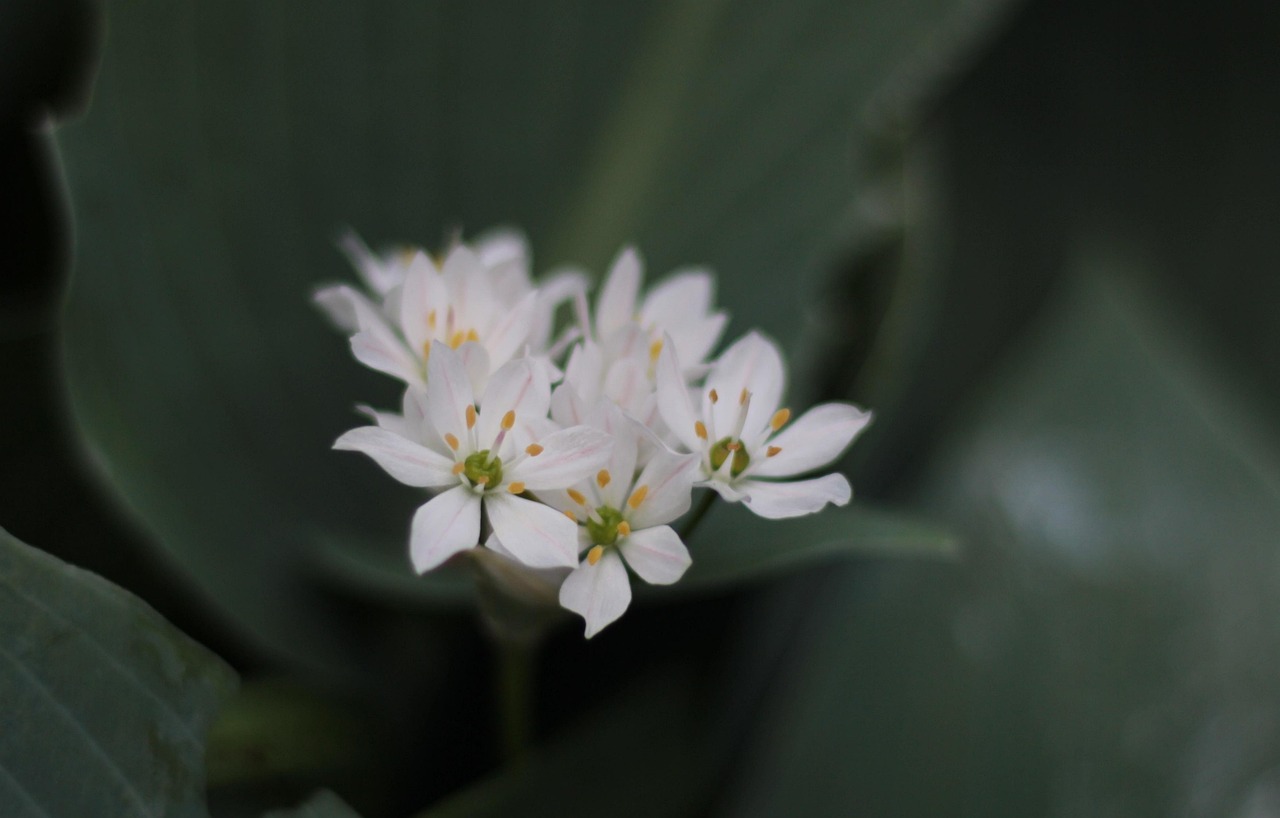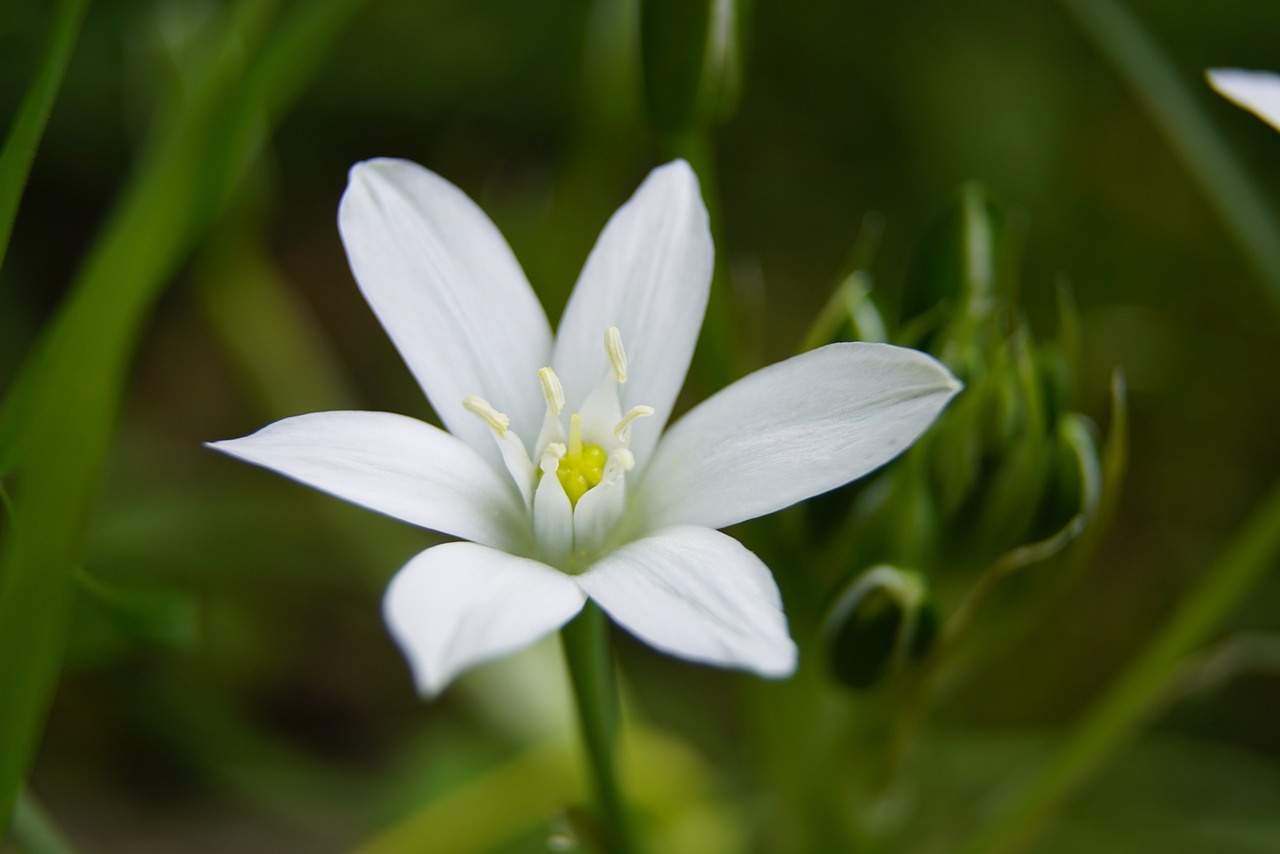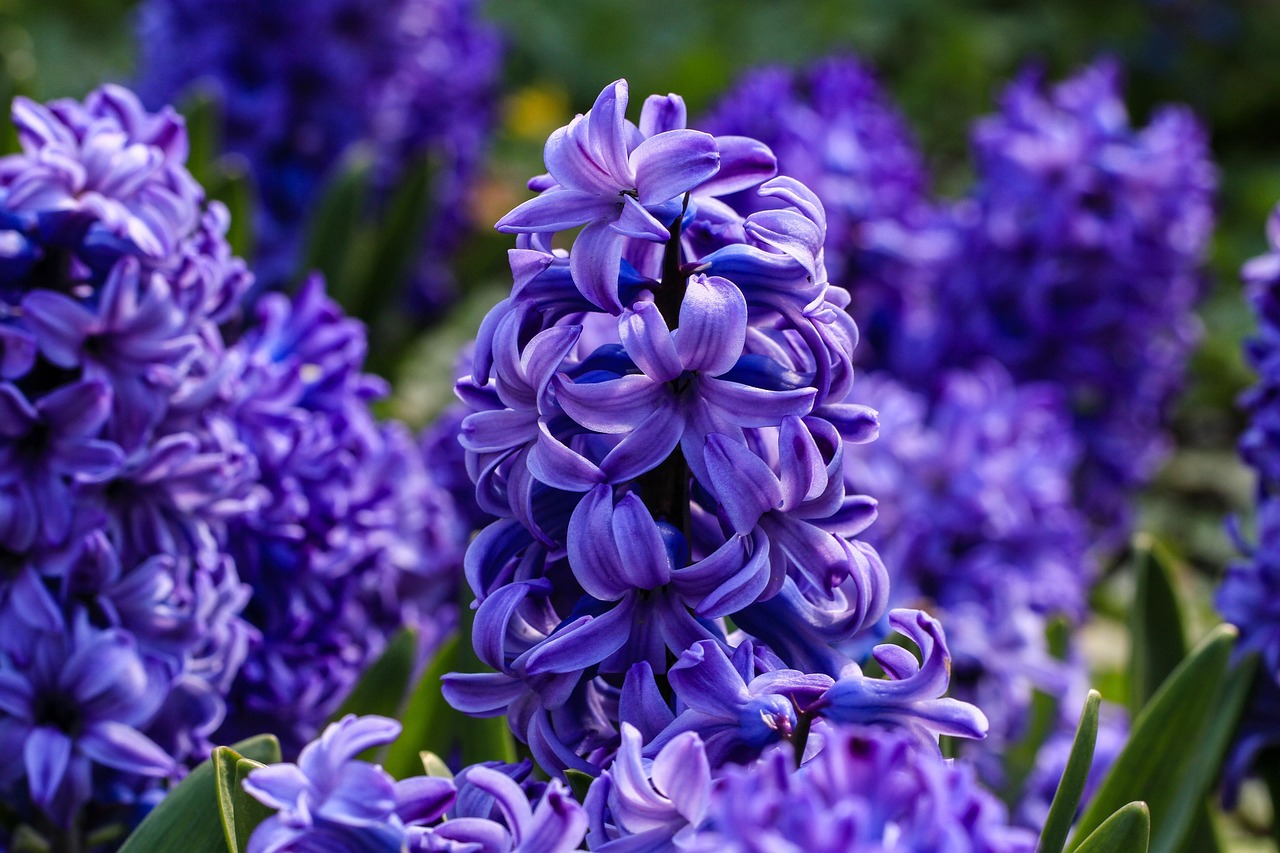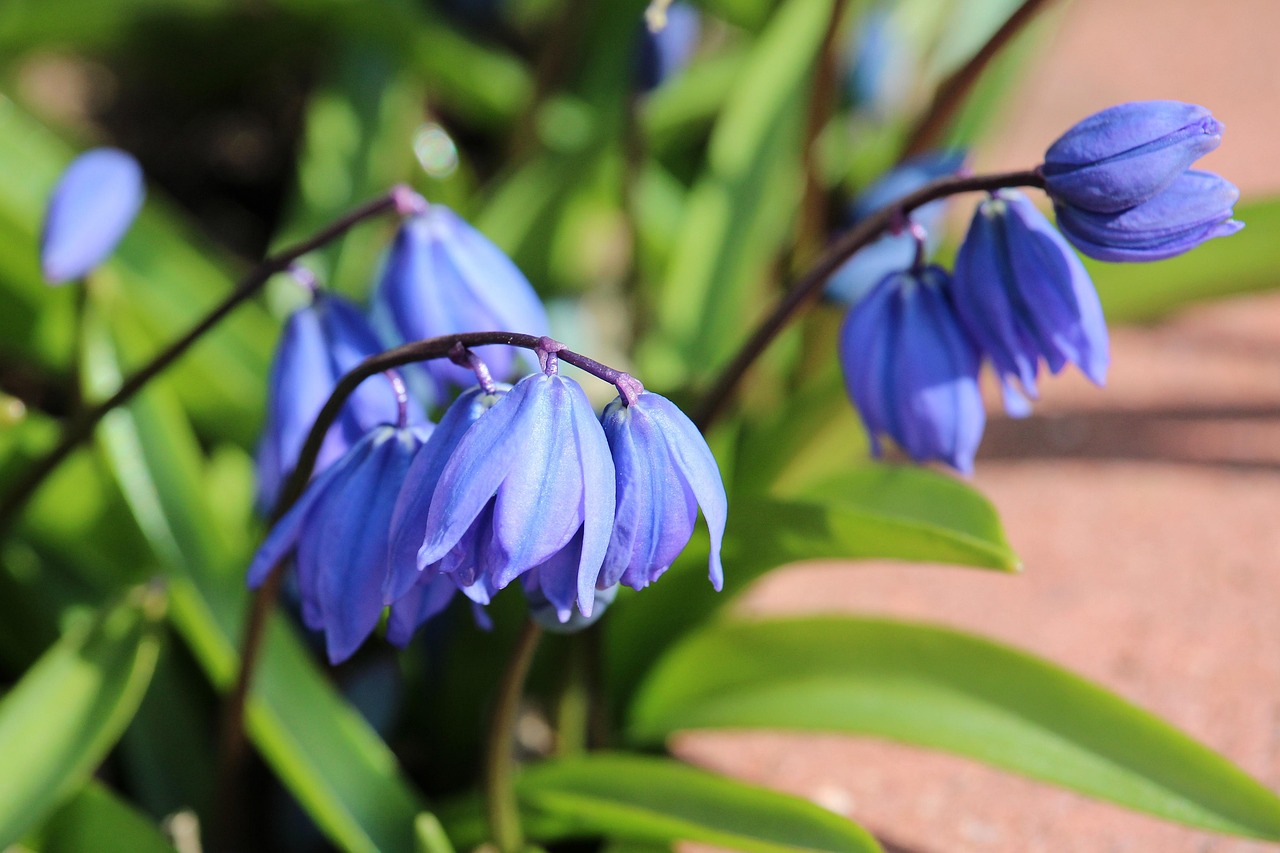Chionodoxa | The Blue Light That Appears with the Snowmelt
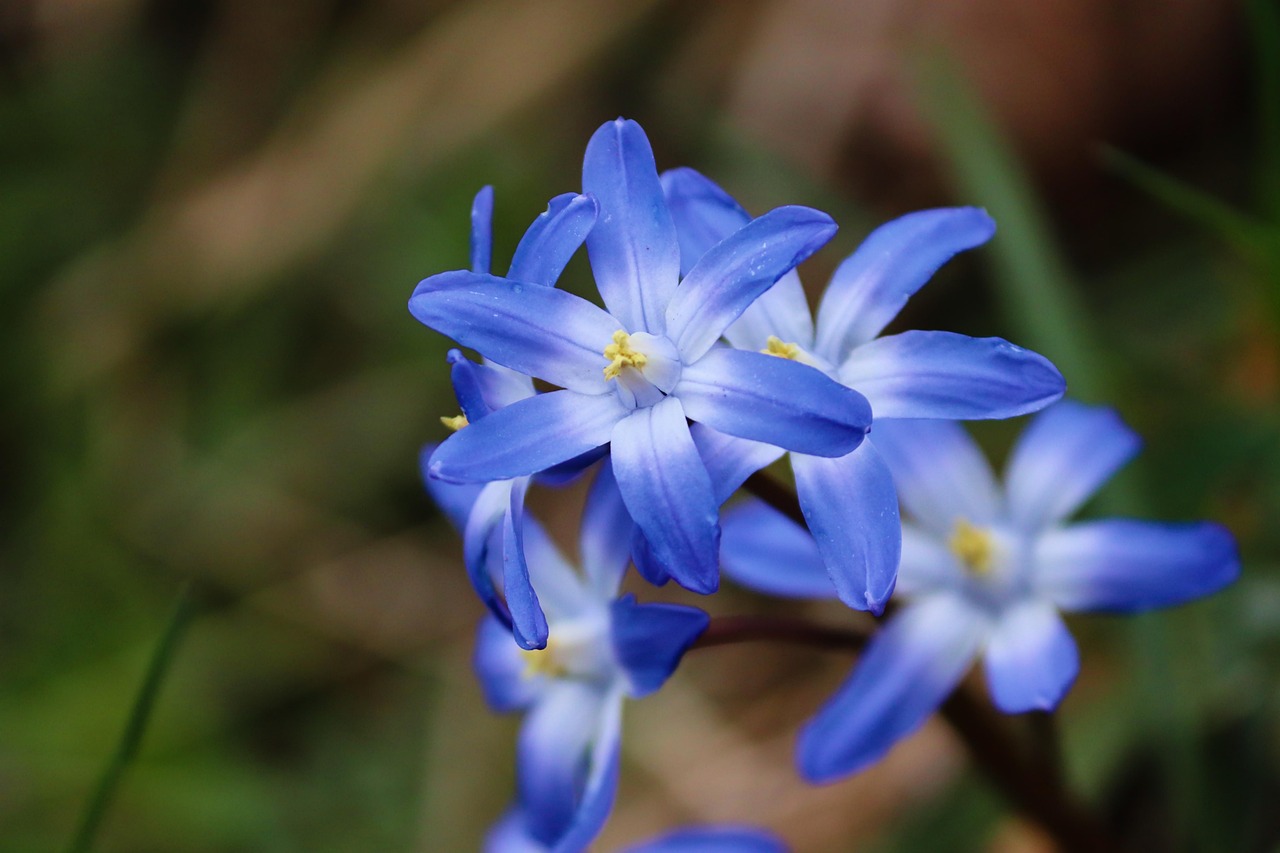
Chionodoxa is a perennial plant that blooms with delicate flowers at the arrival of spring. Because it flowers at the time of snowmelt, it is also called “Glory of the Snow,” and it thrives even in cold regions. It is suitable for cultivation in gardens and pots, and its blossoms in blue, purple, and white hues are part of its charm.
In this article, I will explain in detail the basic information, cultural and historical background, and cultivation methods of Chionodoxa.
Basic Information
- Scientific name: Chionodoxa spp.
- Family: Asparagaceae
- Origin: Turkey, Greece, Cyprus
- Appearance: Small star-shaped flowers bloom in clusters. The flower colors include blue, purple, white, and pink, with many varieties having a white center.
- Blooming season: Early spring (March–April)
Cultural Characteristics Around the World
Chionodoxa is cherished in Europe as a symbol of spring.
In Scandinavian countries, it is one of the first flowers to bloom after the harsh winter, bringing brightness to people’s hearts.
In the United Kingdom, it is popular as an early spring garden flower, alongside crocuses and snowdrops, and is regarded as one of the “heralds of spring.”
In Greece and Turkey, it is often found in the mountains, blooming quietly in the wild with a mysterious presence.
From ancient times, it has also been treated as a flower that celebrates the arrival of spring and is often planted in traditional gardens and parks.
Historical Background
The name Chionodoxa comes from the Greek words chion (snow) and doxa (glory), meaning “glory of the snow.” This name reflects the plant’s strength to bloom even in snowy regions.
It was formally introduced in Europe in the 19th century, and horticultural breeding was carried out in the United Kingdom and France.
During the Victorian era in Britain, it spread widely as a bulbous plant to adorn spring gardens, and it continues to be seen in public parks and gardens today.
Gardening Advice
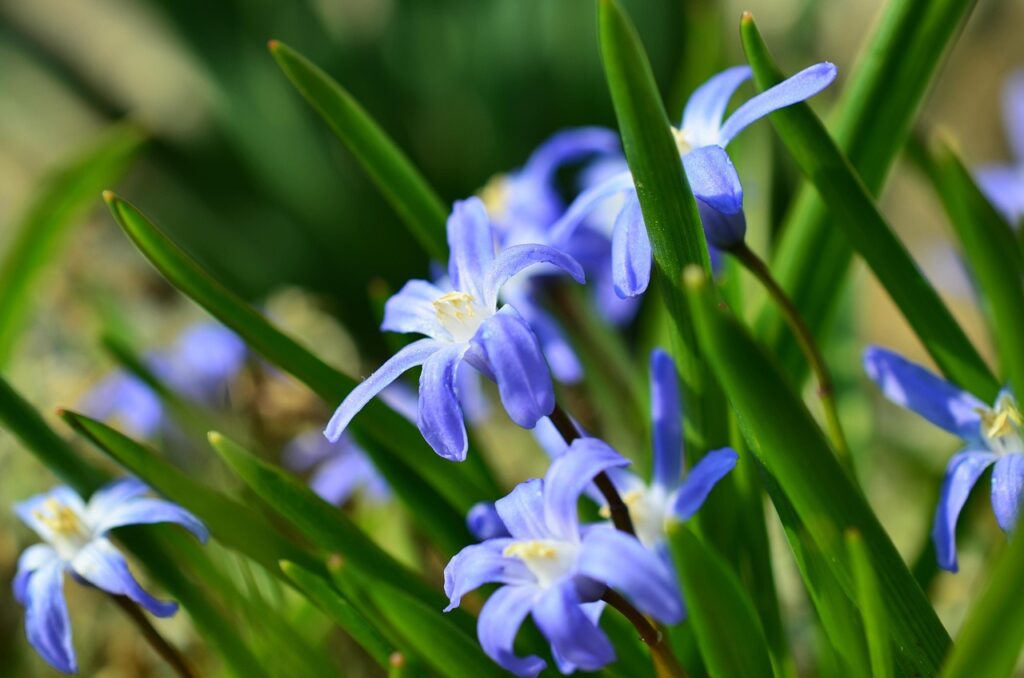
Chionodoxa is a hardy bulbous plant that blooms every year. By keeping in mind a few key points, you can enjoy its beautiful flowers.
Sunlight
Prefers sunny locations, but also grows under deciduous trees in partial shade.
Watering
Water when the soil surface is dry, but avoid overwatering to prevent bulb rot.
Soil
Well-drained soil rich in organic matter is suitable. Mixing leaf mold improves water retention and aeration.
Fertilizer
Apply slow-release fertilizer before flowering. After blooming, a small amount of fertilizer helps the bulbs grow.
Planting
Plant bulbs in autumn (September–November), 5–8 cm deep, 5–10 cm apart.
Cold resistance
Highly cold-resistant, so no special winter protection is required.
Conclusion
Chionodoxa is a charming flower that blooms in early spring, brightening gardens as the snow melts.
Its name, derived from Greek, means “glory of the snow,” symbolizing its strength to bloom in cold climates.
In Europe, it is beloved as a herald of spring, and in Scandinavia and the United Kingdom, it is a garden classic.
Since the 19th century, various cultivars have been developed across Europe, and today many varieties are still enjoyed.


